At the forum “Promoting green energy in industrial zones: Solutions for businesses to effectively implement” held on the afternoon of May 15 in Hanoi, Mr. Nguyen Ngoc Trung - Deputy Director of the Department of Industry Economics , Central Economic Committee said that Vietnam currently has about 419 established industrial zones (IPs), 381 in operation; along with about 900 planned industrial clusters, of which more than 700 clusters have come into operation, with a total of more than 40,000 enterprises.
With large factory roof areas and high demand for concentrated electricity consumption, the potential for rooftop solar power in industrial parks is significant. Some estimates show that the technical potential can reach 12–20 GWp, equivalent to the capacity of over 10 large-scale coal-fired thermal power plants – a green source of electricity right in the heart of industrial parks.
Delegates attending the forum “Promoting green energy in industrial zones: Solutions for businesses to effectively implement”.
According to Mr. Trung, rooftop solar power not only helps businesses reduce energy costs and enhance brand image, but also contributes to reducing grid load, stabilizing supply and ensuring energy security, especially when solar power is generated during the day - peak production time.
The Government has issued important decrees such as Decree 57/2025/ND-CP on the direct power purchase mechanism (DPPA), and Decree 58/2025/ND-CP detailing the implementation of a number of articles of the Electricity Law. However, according to Mr. Hoang Quang Phong - Vice President of the Vietnam Federation of Commerce and Industry (VCCI), businesses still face many difficulties when deploying rooftop solar power.
“Although the policy is clear, businesses in the industrial park have not been able to install the system due to the lack of specific regulations, complicated procedures, and lack of clear guidance from ministries and branches. Businesses do not know which regulations to apply, while the need to reduce electricity costs and increase the proportion of renewable energy is very urgent,” Mr. Phong commented.
According to Mr. Hoang Quang Phong - Vice President of the Vietnam Federation of Commerce and Industry (VCCI), enterprises in industrial parks cannot install rooftop solar power systems due to the lack of specific regulations.
From the actual implementation in the Northern Industrial Parks, Mr. Do Quang Thinh - Director of Electricity Operations, Nam Tai Green Energy Company, said that the DPPA mechanism in Decree 57 is currently only applied to customers consuming from 200,000 kWh/month, causing disadvantages for small and medium enterprises - which also need to use green electricity to meet export standards and optimize costs.
Besides, applying the same price frame for rooftop solar power as for solar farm power is unreasonable, due to the different scale and investment costs.
“Small projects suffer because of low prices and long payback periods, reducing investment attractiveness,” Mr. Thinh emphasized.
In addition, only EVN member companies are allowed to buy surplus electricity, which is also a barrier. According to Mr. Thinh, it is necessary to allow other power distribution units outside of EVN with sufficient capacity to participate, to avoid waste and create more benefits for investors.
Mr. Phan Cong Tien - Energy expert from the Institute for Smart Energy Applications (iSEAR) said that many businesses have not been able to implement the self-production - self-consumption model because they have not reached an agreement with the industrial park management unit, although Decree 58 clearly stated that it is necessary to create favorable conditions for customers. He proposed that there should be specific instructions on sharing grid costs and preferential policies for installing solar power in industrial parks.
In addition, the regulation limiting the system capacity to not exceed the maximum load (Pmax) reduces investment efficiency. Because solar power depends on the weather, businesses often install excess capacity to store electricity for use during weak sunlight or at night.
“The system now has an anti-reverse transmission device so it does not affect the grid. Therefore, it is necessary to consider removing the power limit regulation according to Pmax to increase efficiency and energy autonomy,” Mr. Tien suggested.
Regarding Decree 57 and Decree 58, Mr. Nguyen Hoai Nam - General Secretary of the Association of Seafood Processors and Exporters also recommended that the Ministry of Industry and Trade pay attention to some contents such as price ceilings, system capacity limits, and develop documents to guide implementation so that industries can benefit.
According to Mr. Nguyen Hoai Nam, with an industrial scale, about 1,000 seafood factories today, whether large or small, must perform freezing, so energy costs are very high. According to statistics, electricity costs are in the top 4 largest expenses of seafood enterprises. Therefore, businesses all want to invest in stable, cost-saving electricity systems such as rooftop solar power.
Affirming the role of enterprises in the energy transition process, Mr. Hoang Quang Phong emphasized: "If policies are in the right direction and there are unified guidelines soon, enterprises can completely become a pioneering force in building a green, sustainable economy and have better resilience to global challenges."
Thu An
Source: https://doanhnghiepvn.vn/kinh-te/chinh-sach/vi-sao-doanh-nghiep-van-loay-hoay-lap-dat-dien-mat-troi-mai-nha/20250515042732620


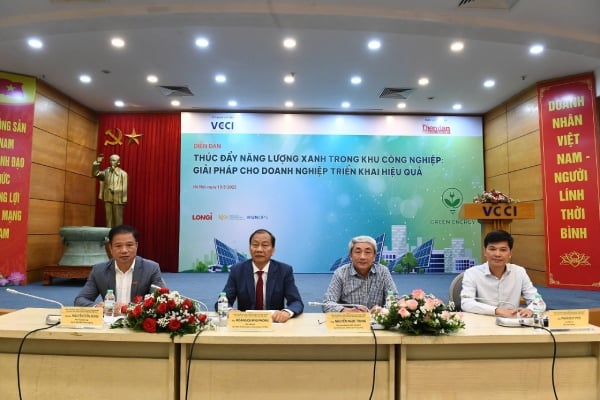
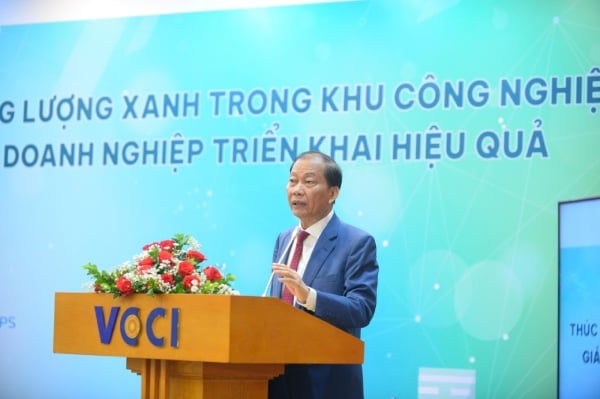
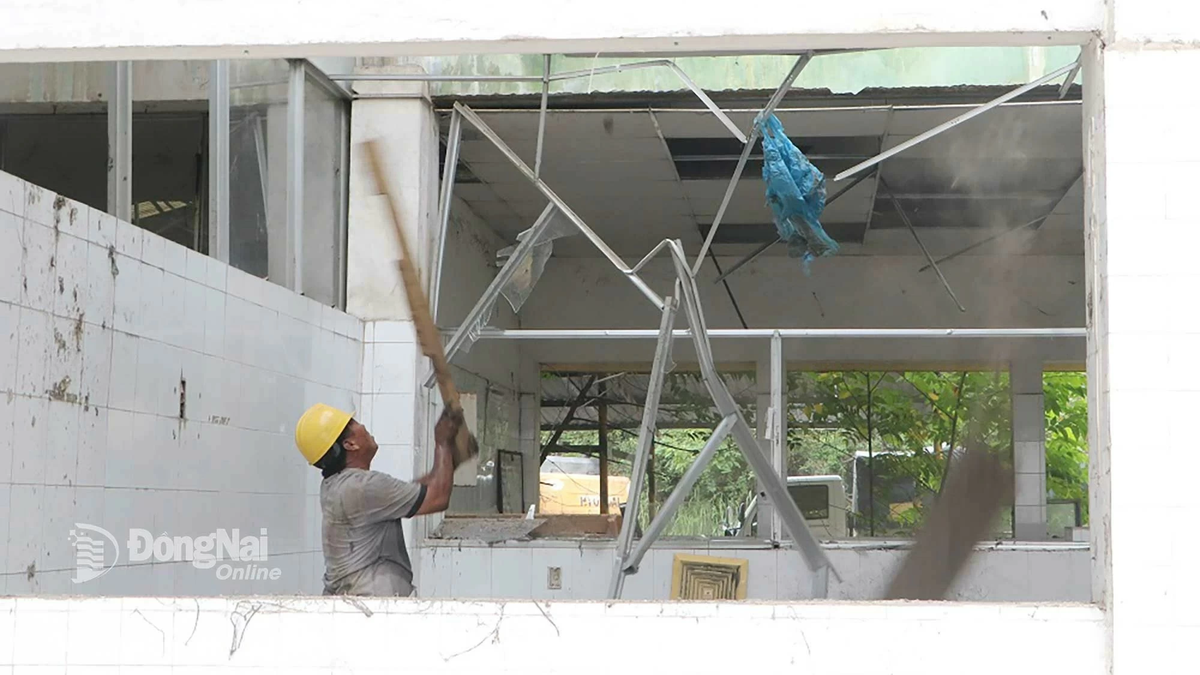



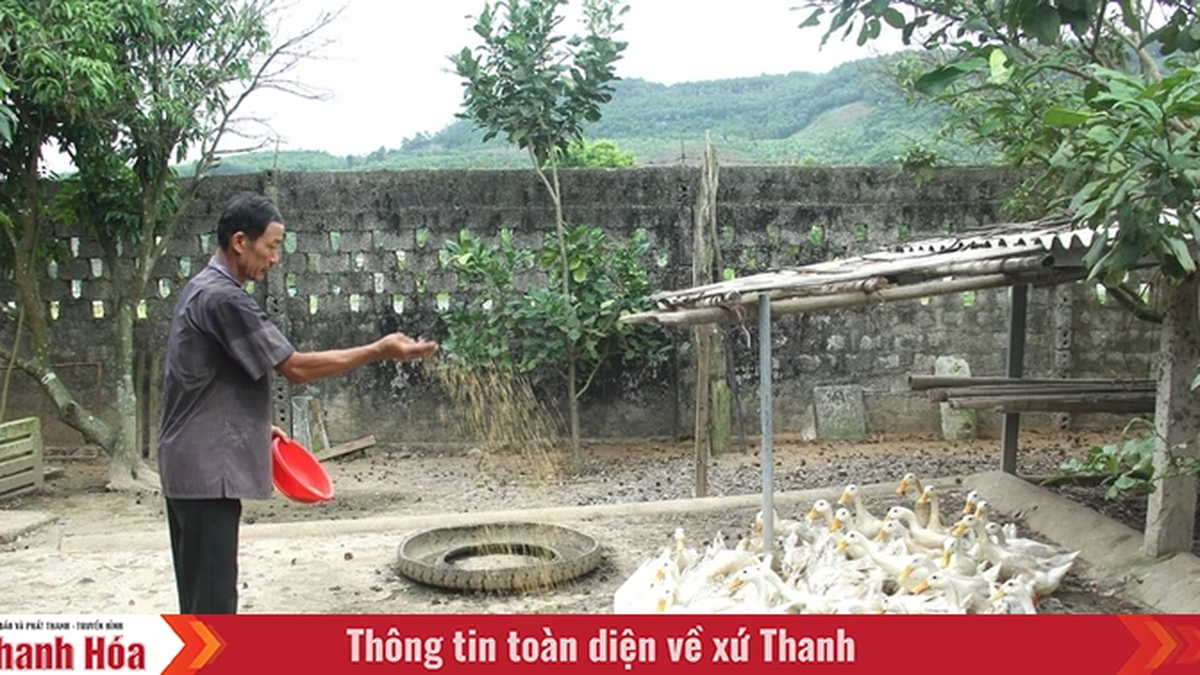

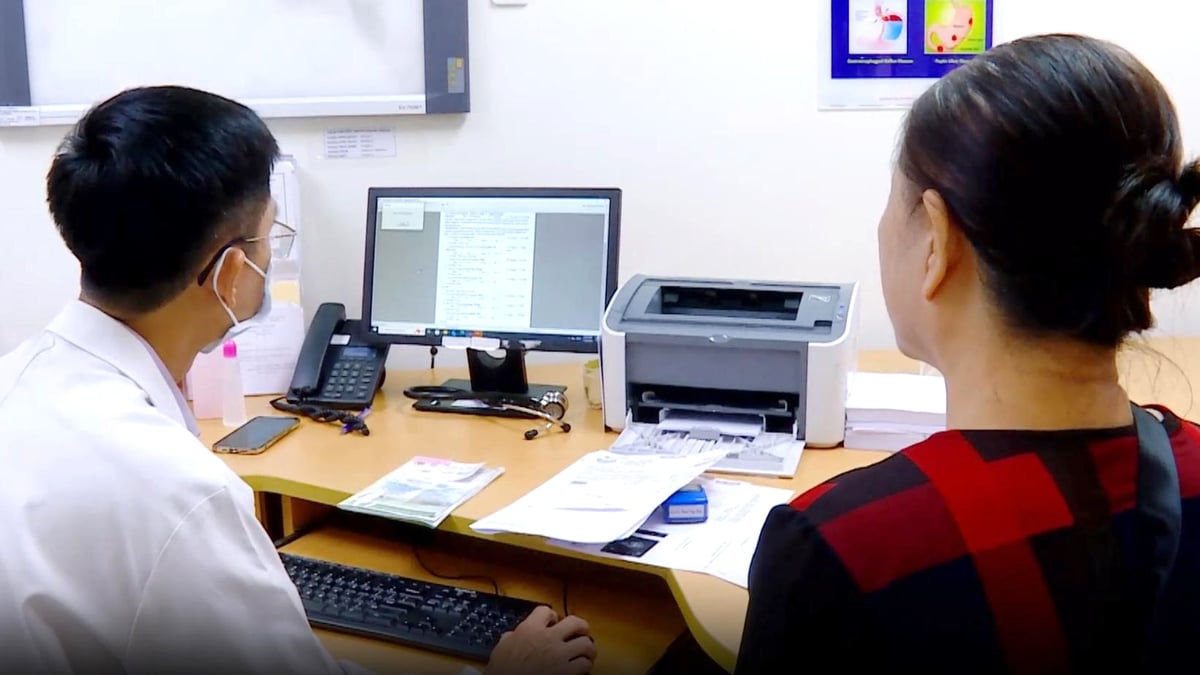
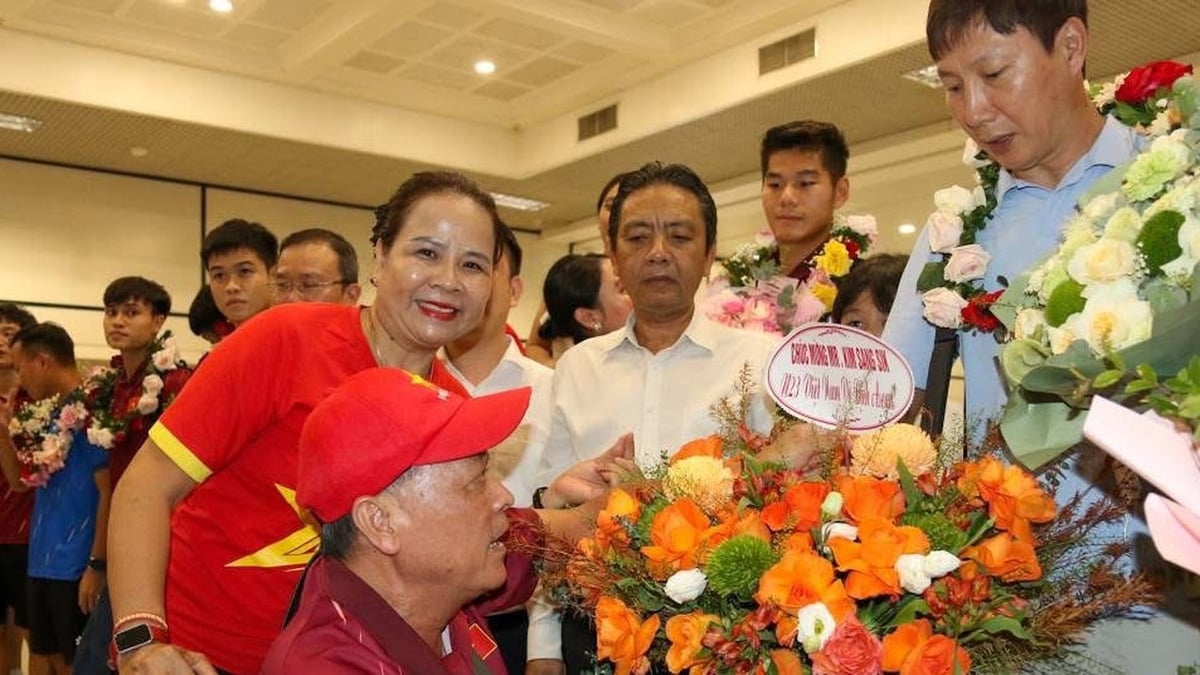
















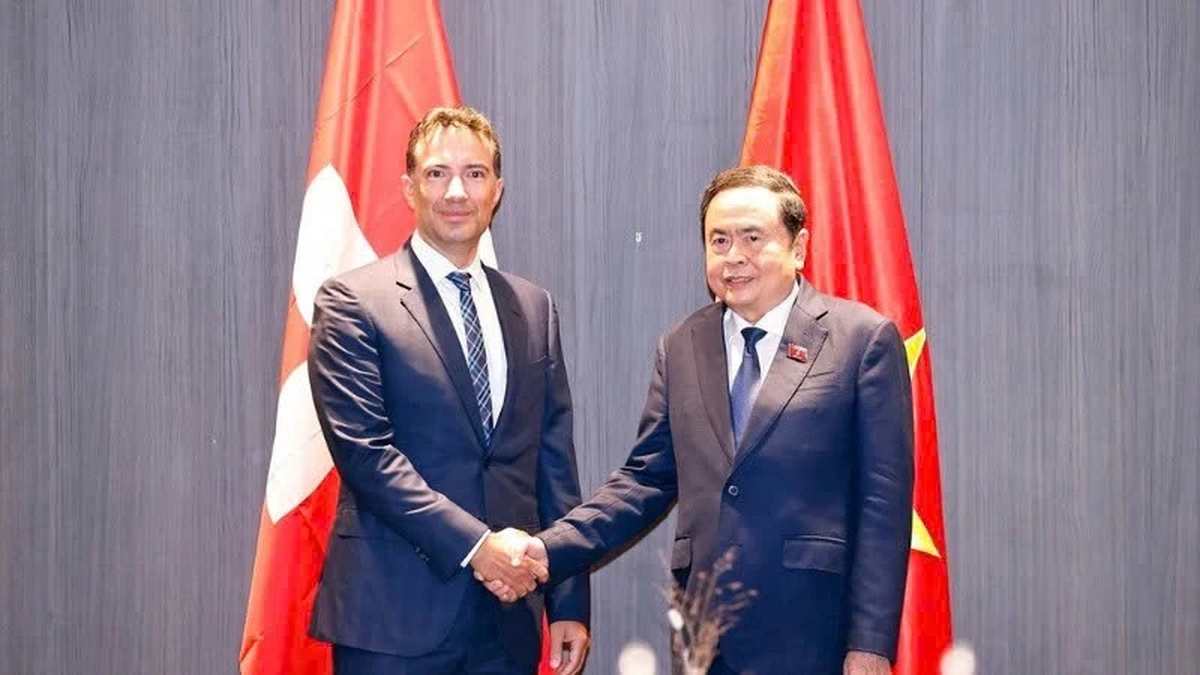

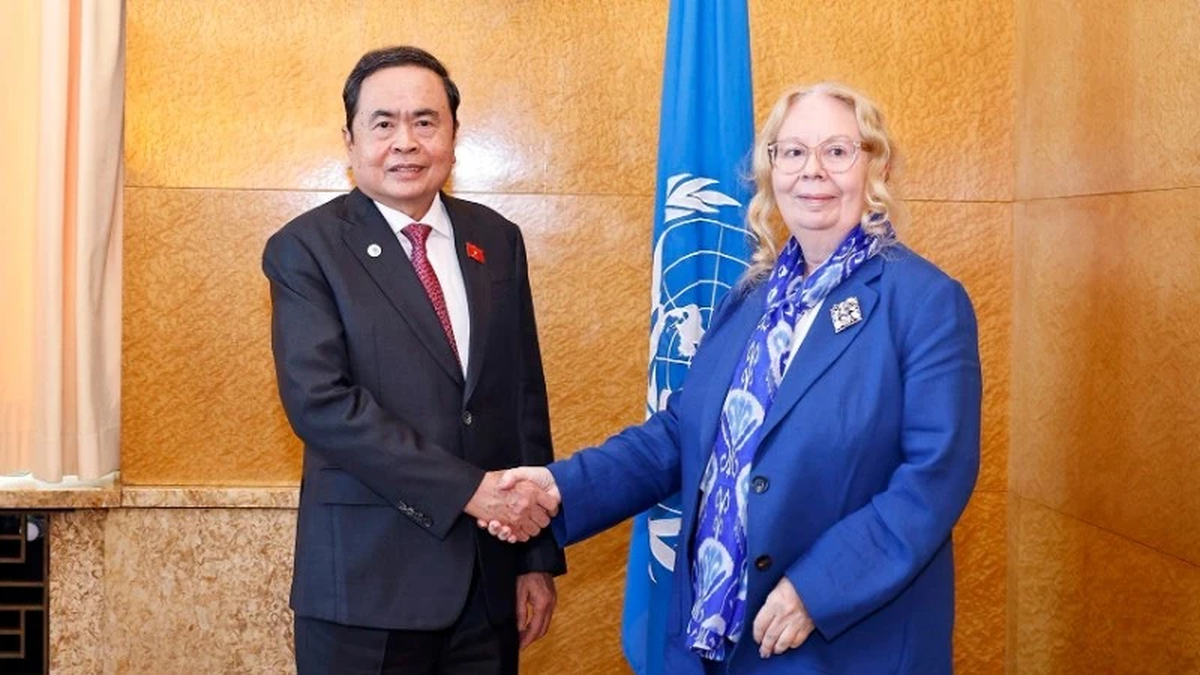

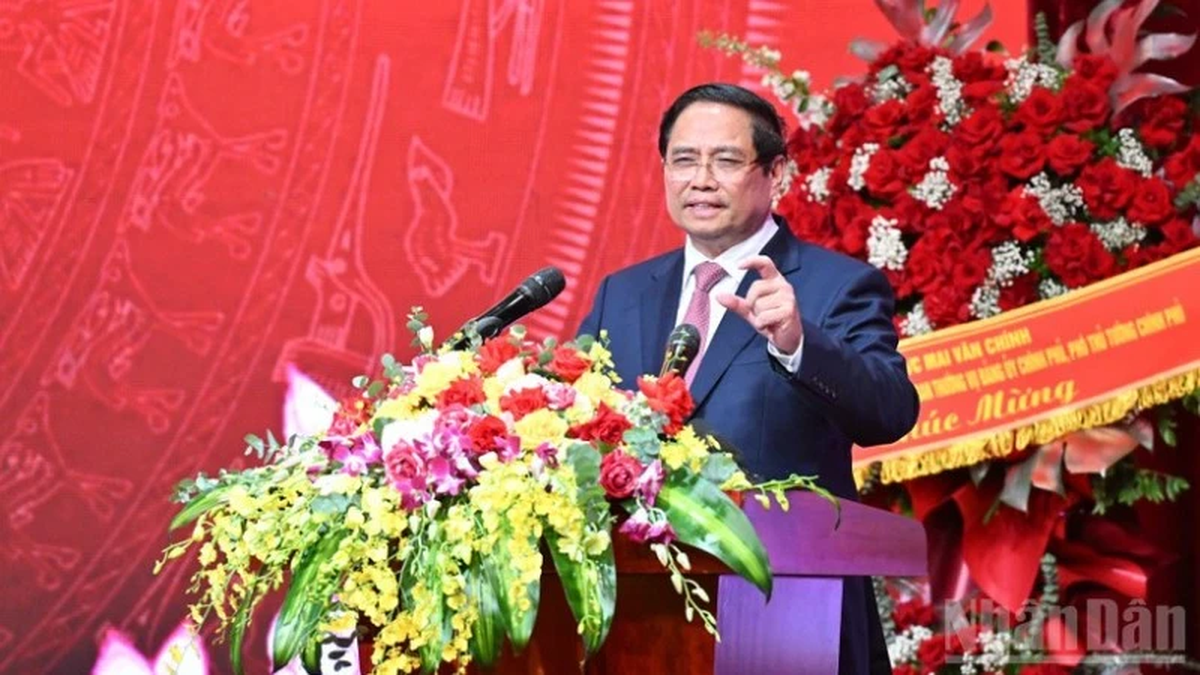





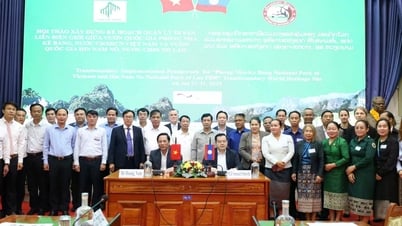









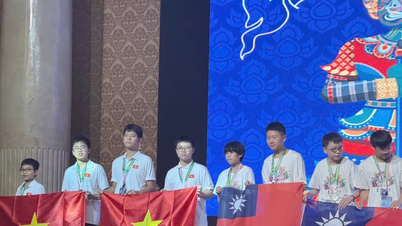









![[Maritime News] Container shipping faces overcapacity that will last until 2028](https://vphoto.vietnam.vn/thumb/402x226/vietnam/resource/IMAGE/2025/7/30/6d35cbc6b0f643fd97f8aa2e9bc87aea)


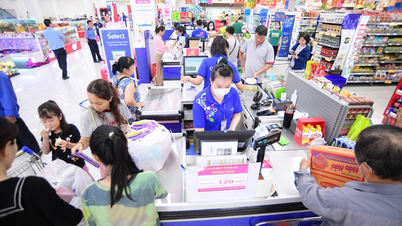

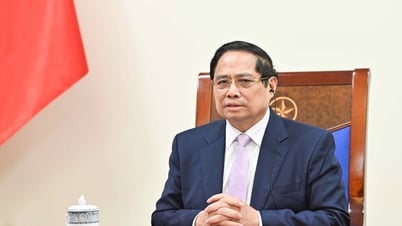


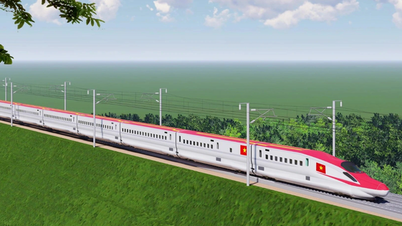
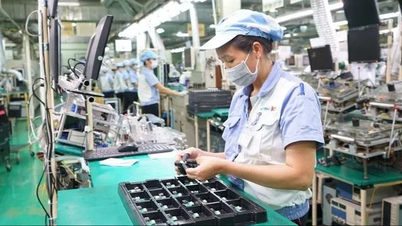



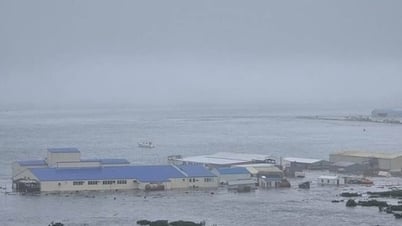





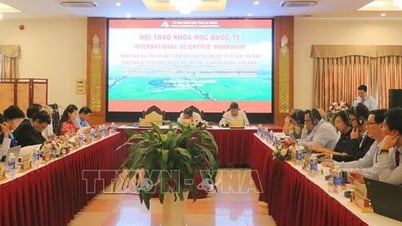














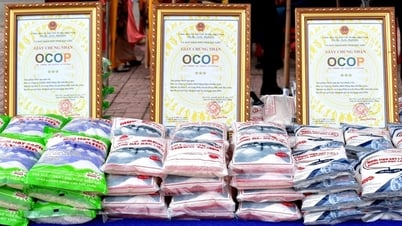
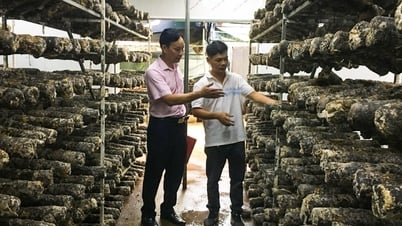

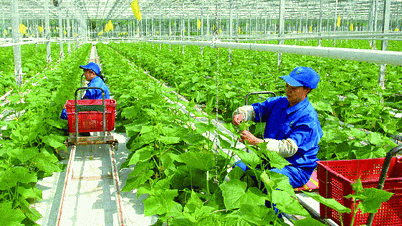







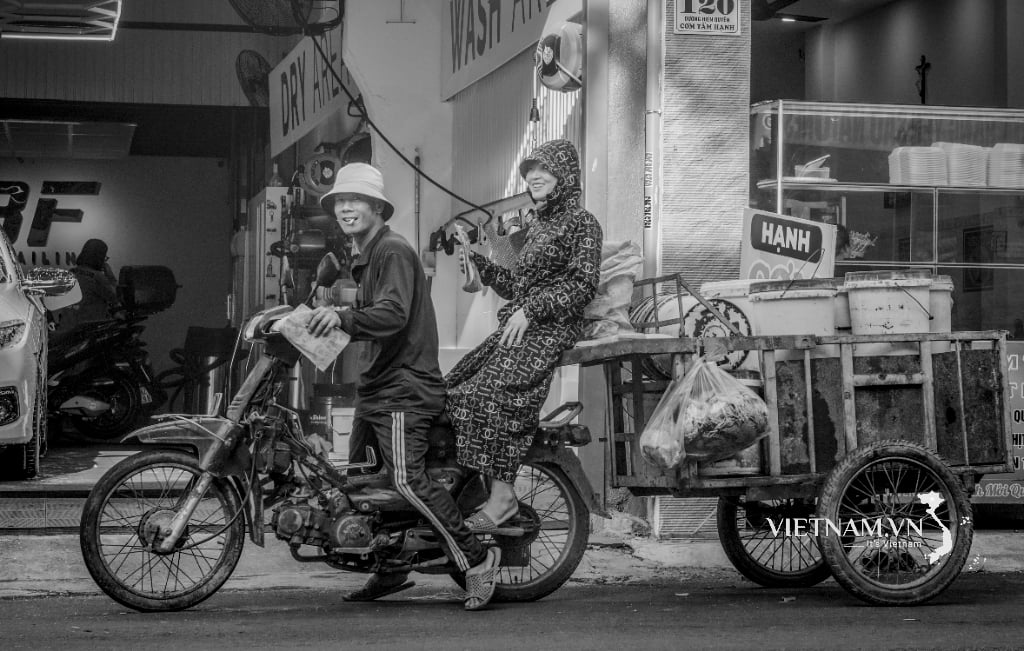
Comment (0)